|
|
Back row: Peter Graham, Andre Riley, Robert Hamilton, Peter Crisp, John Yajima, John Kierny, Ian Partlett.
Front row: Susan Barnard, Sarah Terry, Mr Thompson (Tutor), Ann Cleaver, Katherine Gibson.
Image courtesy of Elizabeth Mellor, who also kindly supplied the names, thanks to David Peacock for resolving the mix-up with names.
Prior Pursglove again can you fill in the missing names.
Back row: C. Scafe, Richard Harbottle, Simon Frost, ? Holmes, Ian Webster, ??.
Front row: Eric Wilson, Alan Moss, Mr Morgan (Tutor), Janet Hodgeson, Rob Speck.
Image courtesy of Elizabeth Mellor, thanks to Graham Kenneth Jacks, Andy Coward and Alan Moss for the updates.
A small group this time, Alan Moss suggests: “All these photographs from the top to this one must have been taken in either 1972 or 1973. Paul Mcgrath, Peter Abrahams, Steve Hunt, Steve Rogers, me and a few of the girls, were the first intake of kids from the Laurence Jackson School to the newly created Prior Pursglove College in 1972.” Garth Dee commented: “I knew Mark Wheeler in 1978 in Sierra Leone. That would have been maybe six or seven years after this photograph. Would like to get back in touch with him.” Paul McGrath added: “Alan is right, I am second from right in back row when I had plenty of hair.”
Back row: David Drinkhall, Richard Watson, Paul McGrath, Mark Wheeler.
Front row: Malcolm Watson, Susan Langridge, Alec Jenkins (Tutor), Jacqueline Stockton, Peter Abrahams.
Image and names courtesy of Elizabeth Mellor, thanks to Alan Moss for the dating update, also to Garth Dee and Paul Mcgrath for the updates. Thanks to David Peacock for resolving the mix-up with names.
A hand coloured postcard of St Ann’s Staithe Whitby, compare it with the black and white postcard on the site. A Valentines series card, posted in 1905.
Image courtesy Ken Johnson.
A different viewpoint of Saltburn Valley gardens, also known as the ”Italian Gardens” The Bandstand and Halfpenny Bridge are prominent. The view is from a handcoloured postcard, posted in 1905. Katharine Broome tells us: ”In 1941 or early 1942, the bandstand was destroyed by a bomb. For it’s size and “usefulness”, Saltburn suffered much bombing in the early part of the war. The Infants School in Upleatham Street was destroyed one night.”
Image courtesy of Ken Johnson and thanks to Katharine Broome for the update.
Whitby West Cliff from across the harbour, the buildings on the Battery and along Pier Road have changed since this photograph was taken. Captain Cook’s statue is present above Khyber Pass but the Whalebones are missing. Sandsend and the cliffs are seen in the distance, from a postcard posted in 1931.
Image courtesy of Ken Johnson.
Skinningrove Ironworks. At the date of this photograph, the tap hole was opened by hammer and crowbar; a tough and dangerous task. Although “wind” or (blast) was reduced in pressure, the molten iron could burst out of the taphole with some force. The clothing of the furnacemen did not give any protection. Safety didn’t figure in the good old days. Above the men the large diameter pipe (Bustle Main) carried the hot blast, a small pipe (Gooseneck) leads down to the “tuyere” by which the hot “blast” entered the Furnace.
Image (from a glass plate negative) courtesy Dave Mcgill.
A coloured postcard of the Cliff Lift at Saltburn, replacing the orignal Vertical Lift in 1884; viewed from the Pier which was some 1,500 feet long at this date. The slender gas lamps on the pier look far too fragile for being exposed to the North Sea Storms.
”Talk of the Town” – Saltburn’s Free Monthly Magazine has further information regarding the lift: ”Birmingham businesses were involved in the provision of machinery and cables. Tangye Ltd representative was George Marks (later 1st Baron Marks of Woolwich) who was responsible for the design and construction of the railway. The railway began operating in June 1884 proving very reliable, safe and convenient. The Cliff Lift is the oldest operating water balanced system in Great Britain and continues to be very popular with visitors and locals. The original Otto Gas Engine was replaced with a DC Generator in 1913 and adapted to a mains supply in 1930. The track was re-laid to a slightly wider gauge during the winter of 1921/22. Saltburn and Marske Urban District Council purchased the railway in 1930.” Since then the Cliff Lift has been maintained by Langbaurgh Borough Council and latterly by Redcar & Cleveland Borough Council.
Image courtesy of Ken Johnson and additional information courtesy of Cath and Tony Lynn for ”Talk of the Town” Saltburn.
A hand painted postcard of Saltburn Valley Gardens, The bandstand is seen on the left; but the eye is drawn to the Saltburn Bridge. Built in 1869 by Gilkes Wilson of Middlesbrough, Callum Duff tells us: ”The official name for the bridge across the valley was simply, ‘Saltburn Bridge’. The local nickname for the structure became the ‘Ha’penny Bridge’ named after the toll for each pedestrian crossing it.”
Image courtesy of Ken Johnson and thanks to Callum Duff for the update.
This is one of 40 views given away free with Wood-Milne Shoeshiners at three shillings four and a half pence a tin; what a lovely peaceful scene. The boats in the foreground are square sterned cobles , and one double ender with lug sail hoisted; a larger schooner is tied up to the quay. Across the harbour is St Michael’s Church, other ancient buildings along the harbourside were all demolished, as was the Angel Vaults on Dock End.
Image courtesy of Joyce Dobson.
|
|
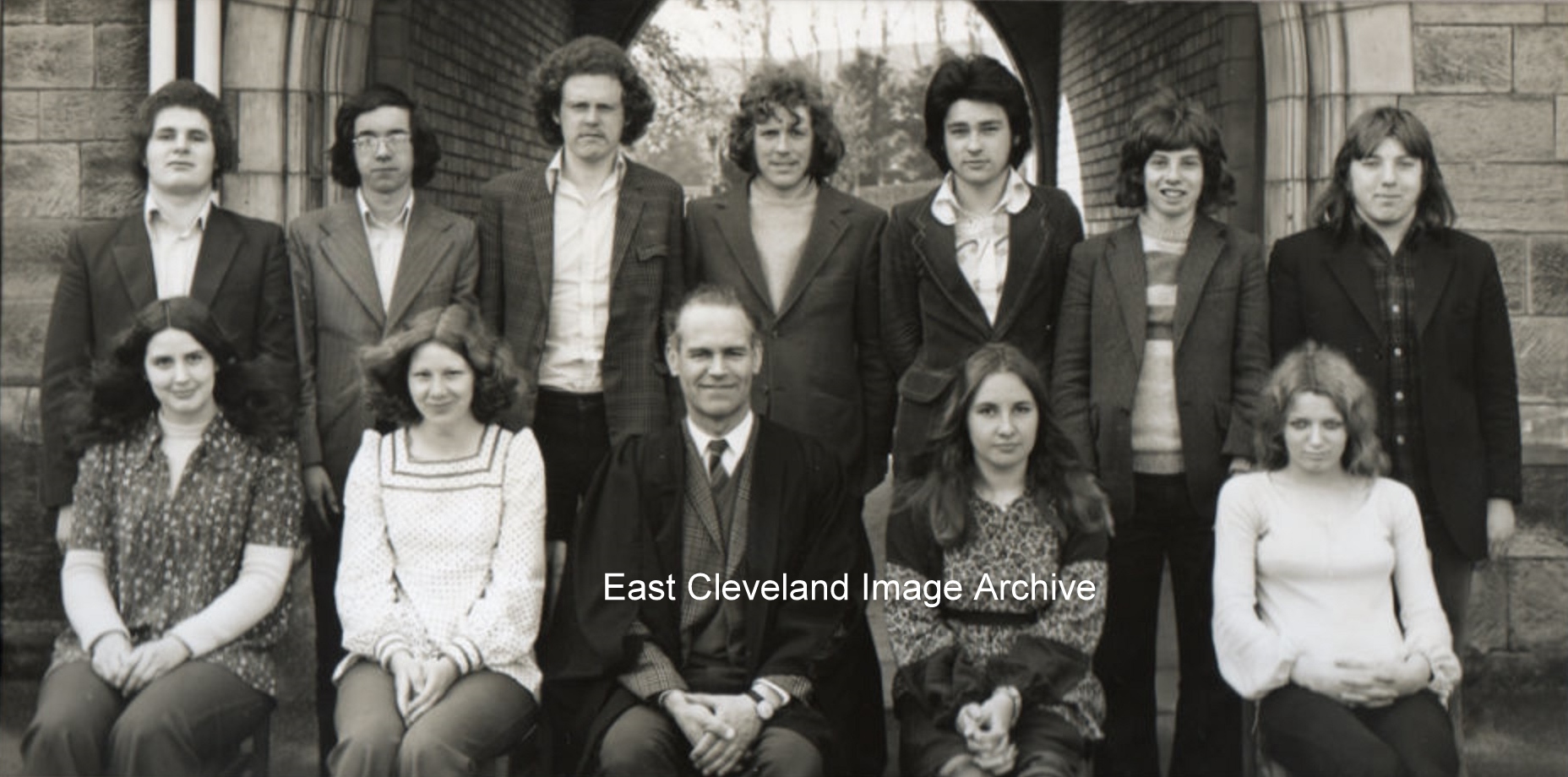
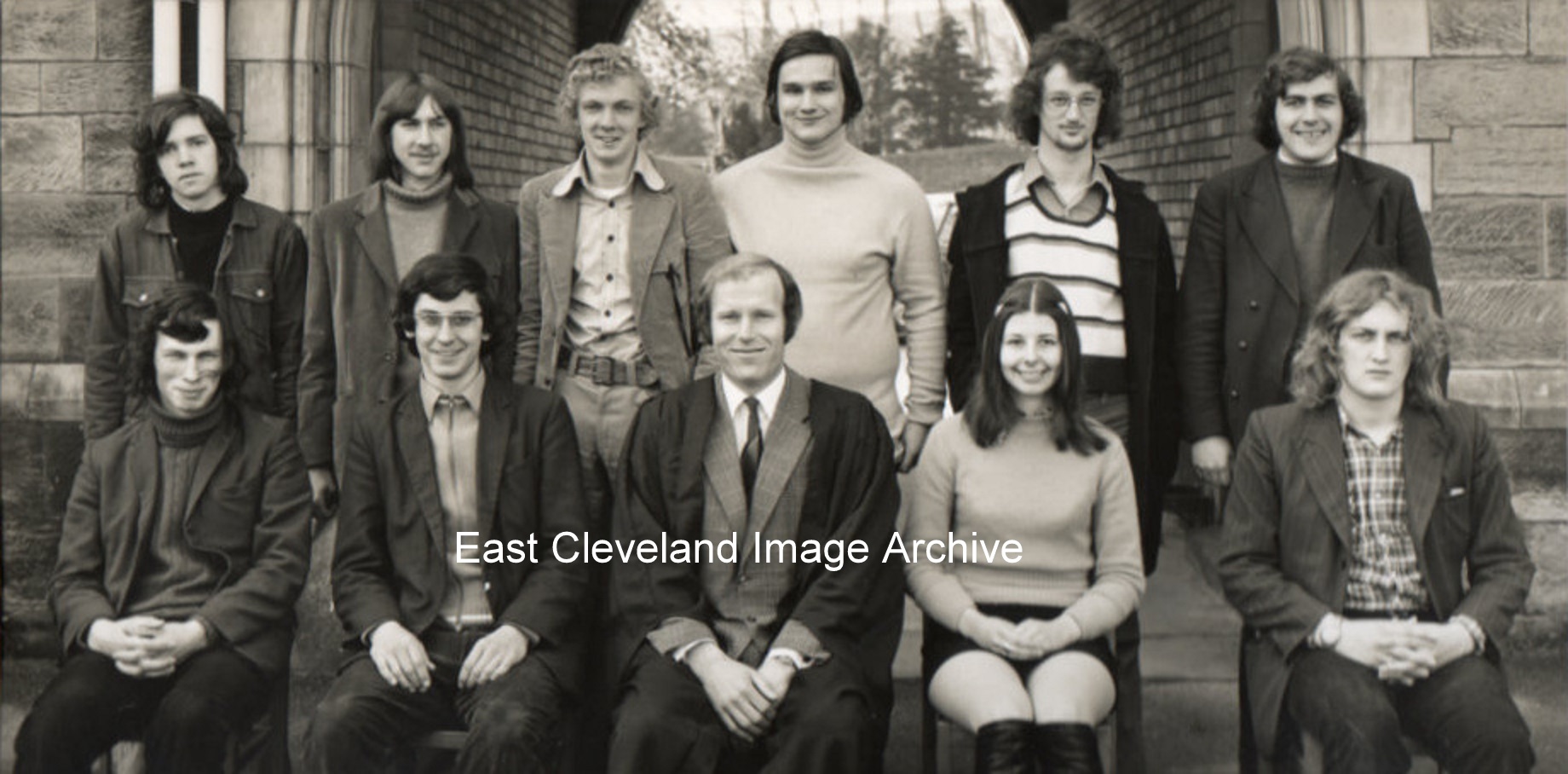
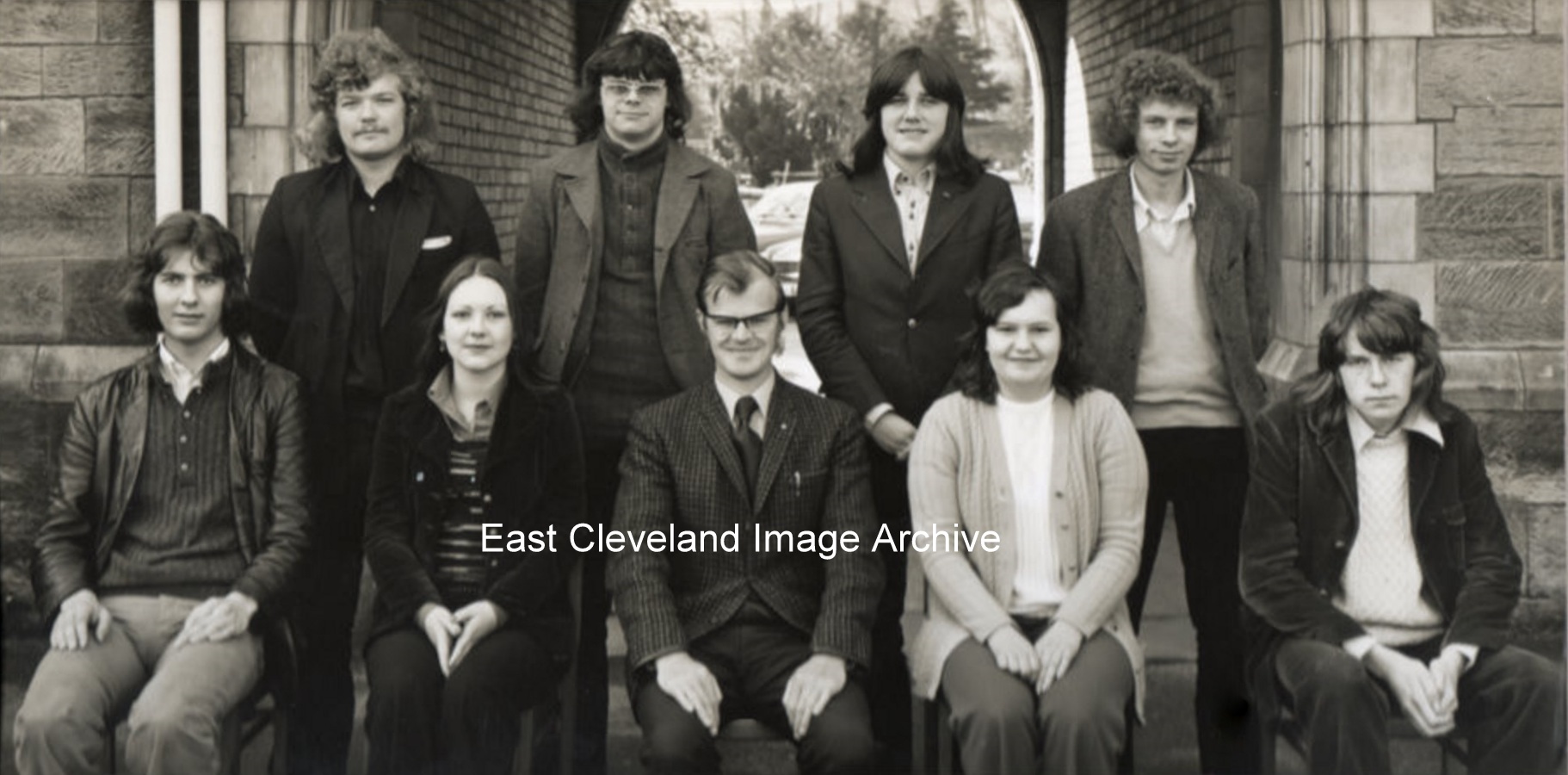
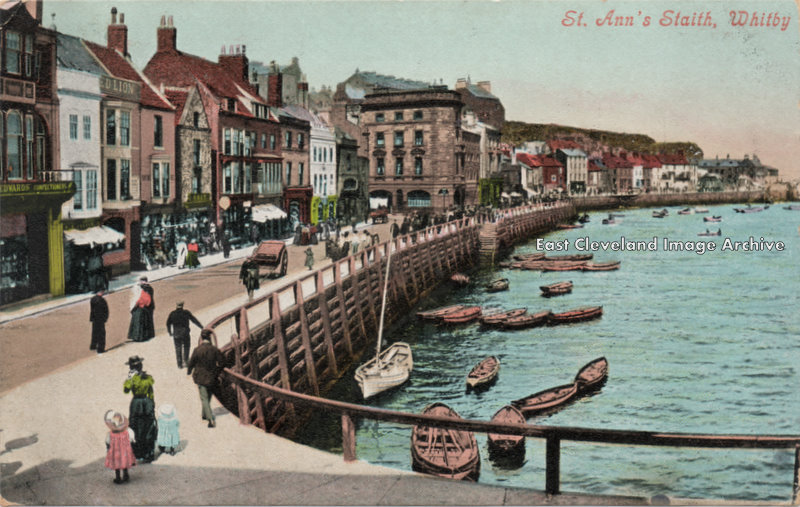
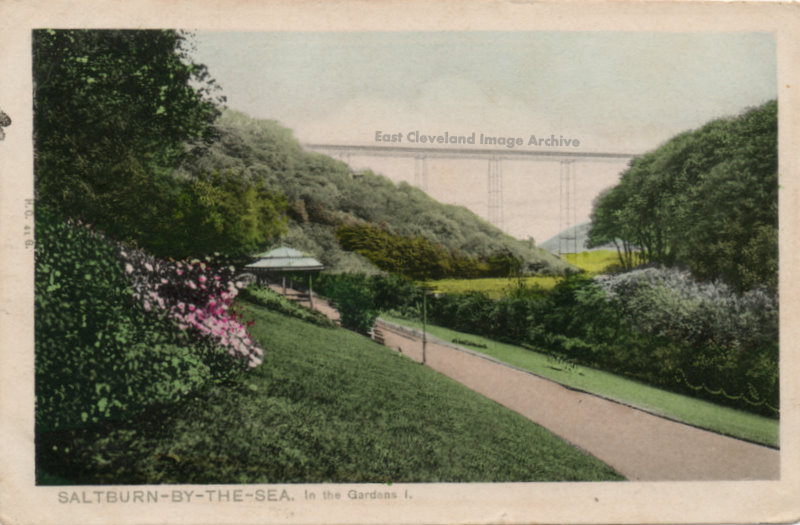
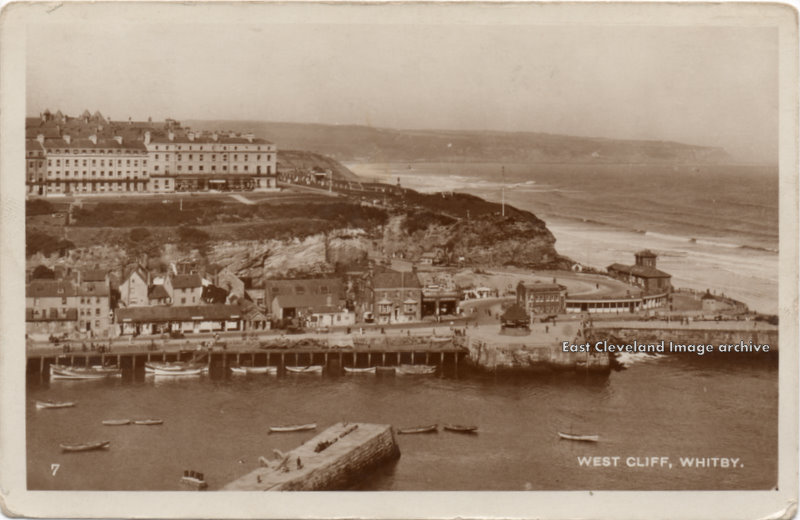
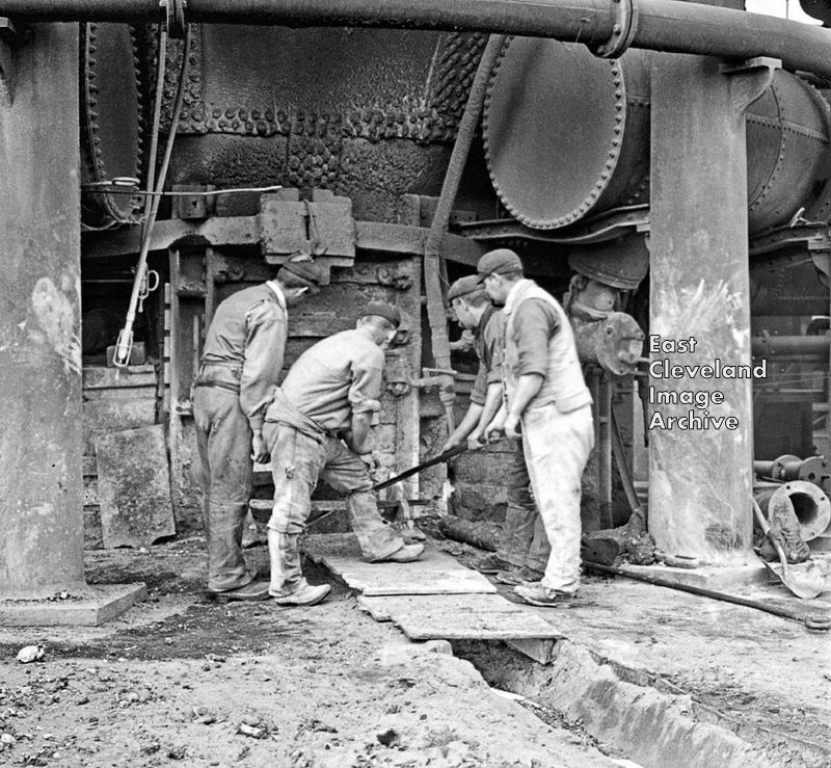
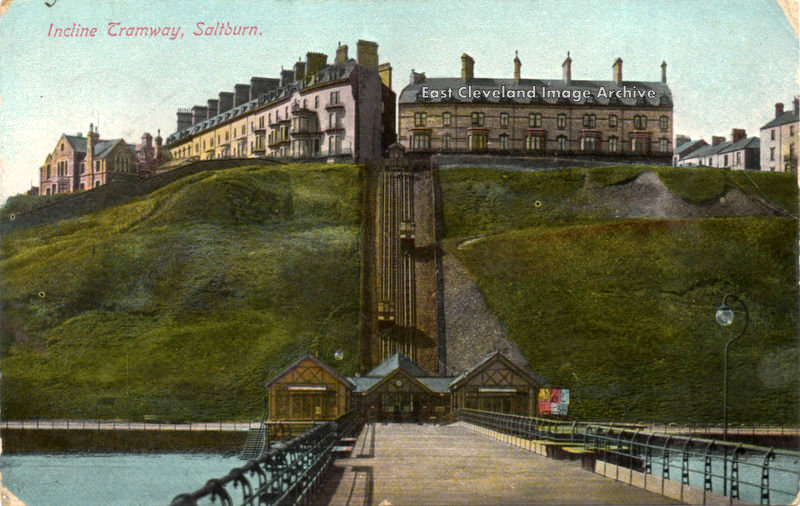
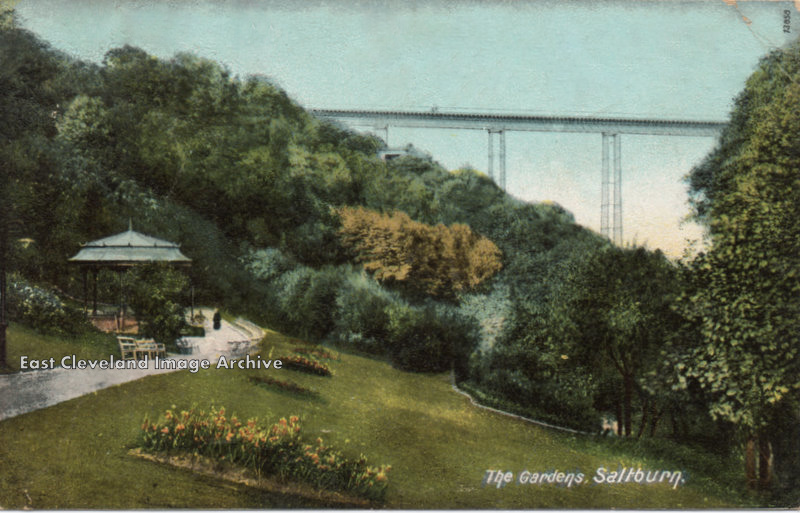
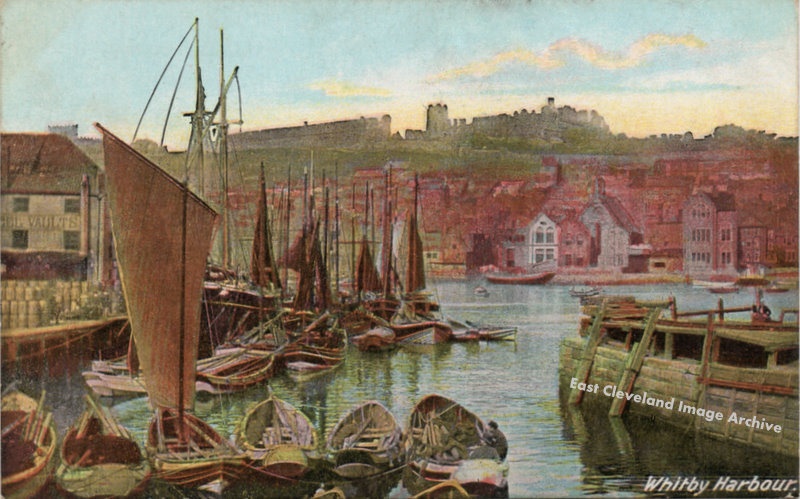
Recent Comments